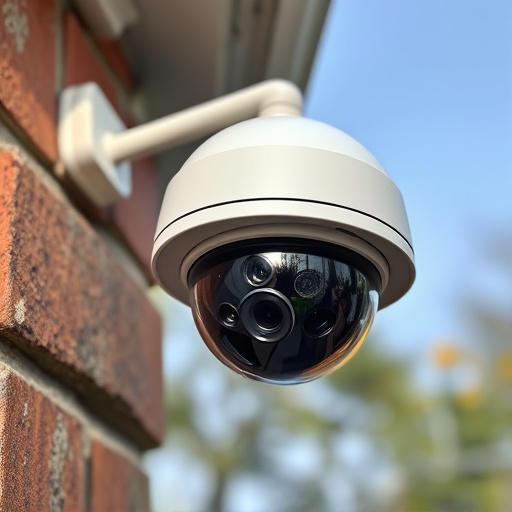Strategically place indoor dummy camera mounting locations near high-traffic areas and unexpected viewpoints to enhance home or business security while maintaining an appealing environment. Regularly review your layout and adjust camera positions to cover multiple entry points, potential hiding spots, and key angles for optimal protection. Key indoor locations include entryways, corridors, common spaces, doors, windows, staircases, and valuable asset areas.
“Enhance your home or business security with our comprehensive guide to installing a mock surveillance system using indoor dummy cameras. This step-by-step tutorial delves into the art of strategic placement, offering insights on optimal locations for maximum coverage. From choosing the right camera models to mounting techniques and testing procedures, we cover it all. Discover how to avoid obvious spots while leveraging common areas for enhanced security with these strategic indoor dummy camera mounting locations.”
- Choosing Optimal Indoor Dummy Camera Mounting Locations
- – Considerations for strategic placement
- – Common areas and their surveillance value
Choosing Optimal Indoor Dummy Camera Mounting Locations
When selecting optimal indoor dummy camera mounting locations, consider high-traffic areas and strategic viewpoints. Position your dummy cameras near entryways, corridors, or common gathering spaces to effectively deter potential intruders. The goal is to create a sense of surveillance that discourages malicious activities. Ensure each camera has a clear line of sight, capturing key angles without obstructions from furniture or decorations. By strategically placing these indoor dummy cameras, you enhance overall security while maintaining an aesthetically pleasing environment.
Think beyond obvious spots; ceilings and high shelves can be less predictable mounting locations. This unexpected placement adds realism to the simulation, making it harder for intruders to anticipate surveillance points. Additionally, consider the camera’s field of view—aim for areas that cover multiple entry points or potential hiding spots. Regularly review your home layout and security needs to adjust these indoor dummy camera mounting locations as necessary, ensuring optimal protection at all times.
– Considerations for strategic placement
When planning a mock surveillance system, strategic placement of indoor dummy camera mounting locations is paramount for creating a convincing security illusion. Consider high-traffic areas like entryways, hallways, and common areas where real cameras might be expected. Mounting these dummy cameras at eye level or slightly elevated positions mimics the typical installation height of security equipment, enhancing the system’s realism. Additionally, positioning them in a way that covers key angles and blind spots within the space contributes to its overall effectiveness as a deterrent.
Optimal indoor dummy camera mounting locations include near doors, windows, and any other potential points of entry. Corridors, staircases, and rooms with valuable assets or sensitive information are also strategic choices. Remember, consistency is key; arranging the dummy cameras in a logical, seemingly surveillance-conscious pattern adds to their overall convincing appearance.
– Common areas and their surveillance value
Surveillance systems are often designed with a focus on high-traffic areas, but every space has its unique surveillance value depending on its function and potential risks. For residential or commercial properties, common areas like entryways, living rooms, kitchens, and parking lots are prime targets for installing security cameras. These areas offer clear lines of sight and capture valuable footage for security and safety purposes.
When it comes to indoor dummy camera mounting locations, strategic placement is key. High-value indoor spaces include offices, reception areas, warehouses, and storage rooms. Mounting dummy cameras in these locations can deter potential intruders or theft while providing a false sense of security that genuine surveillance is active. Key indoor areas to consider for dummy camera installation include above doors, near windows, corridors, and at intersection points within open-plan office spaces.
When strategically placing indoor dummy camera mounting locations, consider high-traffic areas like hallways, living rooms, and kitchens, as these provide valuable surveillance coverage. By simulating a comprehensive security system using these indoor dummy cameras, you enhance overall safety without the need for extensive real-camera installations. This guide’s insights on optimal mounting locations empower homeowners and business owners alike to create an effective mock surveillance network.
